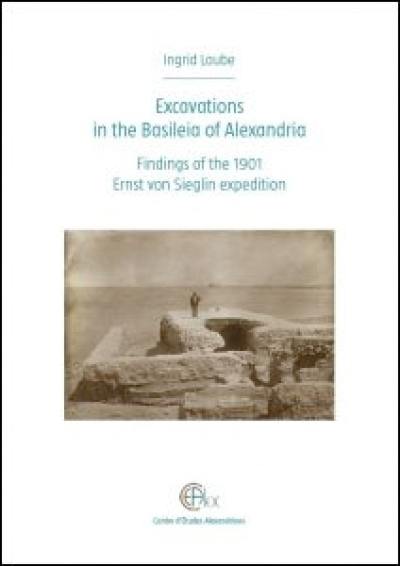
Collection(s) : Etudes alexandrines
Paru le 08/10/2021 | Relié 188 pages
Professionnels
Durant l'hiver 1900/1901, l'expédition Ernst von Sieglin entreprit des fouilles en différents points d'Alexandrie. Face au début de la construction de la nouvelle corniche, un grand sondage fut ouvert en bordure du port oriental pour documenter les vestiges encore présents de ce qui avait été le quartier royal. Cette fouille ne fut néanmoins jamais publiée. Se fondant sur la documentation, journaux de fouilles, photographies et dessins, qu'elle a réunis dans différents centres d'archives allemands, Ingrid Laube en présente ici les résultats pour la première fois, ainsi qu'une partie des éléments d'architecture et d'objets, qui sont aujourd'hui conservés à Tübingen et qui ont pu être attribués à ce sondage. Les découvertes importantes sont la rue La, les structures adjacentes et une grande citerne d'époque impériale, publique ou faisant partie de bains privés. Si ces bains étaient privés, ils pouvaient faire partie d'une résidence impériale ou bien d'une villa urbana. Ce contexte pose la question du devenir du quartier royal à l'époque romaine et à l'époque romaine tardive.
In the winter of 1900/1901, the expedition Ernst von Sieglin undertook excavations in various areas of Alexandria. Faced with the commencing construction of the new corniche, a large trench was opened in the East Harbour to document the remaining ruins in the former Royal Quarter. This excavation, however, has never been published. Based on the documentation, daybooks, photos, and drawings that were gathered by Ingrid Laube in various German archives, this excavation is presented now for the first time. In addition, part of the finds, which are housed in Tübingen, could be attributed to this trench. Central parts of the investigation were the street La, adjacent substructures, and a large Imperial cistern. Its context could have been public or private Roman baths. If private, the baths could have belonged to an Imperial residence or a villa urbana .This possible context raises the question of the fate of the Royal Quarter in the Imperial and Late Roman periods.